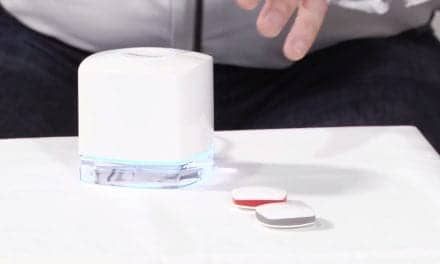Since sleep and chronic pain often co-exist, each condition should be individually recognized to assure the patient receiving attention to both the medical and mental health conditions, reports Practical Pain Management.
It is the classic chicken-and-egg problem: Which came first, pain or sleep disturbance. Both share common neurobiological systems, in particular, the central serotoninergic neurotransmission.1
The new Diagnostic and Statistical Manual of Mental Disorders(DSM-5) mandates that coexisting medical and mental conditions be independently specified when treating patients.2 This mandate acknowledges the bidirectional and interactive effects of coexisting medical and mental disorders.2


